Losing our bottle – long-term plastics reduction
Plastics reduction has really caught public attention recently, with the “Blue Planet” effect and with some people in the UK giving up single-use plastic for Lent. LittleEcoFlat doesn’t observe Lent particularly, but this wave of interest does tie in with one of our aims for around a year now to reduce our plastic waste. So we thought we’d share some changes we’ve made – if any of you have been ditching the disposables and want to keep your momentum going, maybe some of these ideas will be useful for you!
We were surprised to see the theme of toiletries and cosmetics come up repeatedly, and realised we were wasteful here because we were stuck thinking this area “doesn’t count”. Finding that my actions and my ideals clashed made me feel pretty awful, but I think overall it’s best not to get disheartened; looking for these blind spots in your thinking is an ongoing part of being human, and an opportunity to grow.
(Apologies to anyone who received a notification about the draft version of this article – a mess-up on my part and I hope you enjoy the finished article below)
Reduce > Reuse > Recycle
The biggest gains we made were by “levelling up” from recycling to making sure the plastic doesn’t enter the house in the first place. But recycling is a good, simple place to start. If you want an easy guide you can find videos on how to recycle different items from recyclenow linked here, and a guide to what recycling bins you get and what you can put in them here, just enter your postcode here.
At LittleEcoFlat, we have drop-off points but no specific collections from the household, so we take everything off to the larger neighbourhood bins. We have set up a stack of IKEA Sorteras which sort all our cardboard, plastic, aluminium, glass, and tetrapak. Tetrapack, WEEE waste, other metal, and batteries all go to special collection points in the local area. Wood and any useful cardboard goes to our allotment to be reused.
Not all plastics are equal
Some plastics are easier to recycle, like PET, polyethylene, and polypropylene (a nice summary linked here). Others are hard to recycle, like Polystyrene. Generally rigid plastic packaging is single-type and recycle-able. But foams and plastic films/wraps are rarely separated for recycling or incineration and end up in landfill. Mixed materials also pose a big issue; any paper or card which is plastic film coated (tetrapak, disposable coffee cups) is very difficult to recycle or compost, and needs to be kept separate and taken to a special drop-off point.
Cleaning Products
Before – Plastic contentedness rating 4/10After – Plastic contentedness rating 8/10
Setting up a food group last year allowed LittleEcoFlat to join LittleEcoTerrace’s habit of getting all the laundry liquid, fabric conditioner, washing up liquid and hand wash in bulk. Our 5 litre containers massively reduce the plastic coming in with these products, and we use a funnel and re-use a set of small containers to decant it out for easy use.
Food
Before – Plastic contentedness rating 5/10After – Plastic contentedness rating 7/10
Not masses has changed here, buying food in bulk and storing it in glass jars means the kitchen is a fairly low plastic zone. For years we used emptied jam jars of various sizes, last year we decided it made sense to get a “proper set” from IKEA.
Early in the year we completed a gradual shift away from tetrapak to plastic juice bottles – easier to recycle. We still have tetrapak cartons for the soya milk. Our loved local Co-Op seems to be lagging behind other supermarkets in switching away from tetrapak juice but we hope they will soon.
We bought ourselves an infusing teapot to make it really easy to use loose leaf black tea instead of teabags køb cialis. You may be surprised to learn (I was!) that most paper teabags have plastic in the binding which doesn’t decompose and will leave plastic fibres in the compost. We use allotment-grown sage and mint for herb teas last year and aim to up production this year.
Toiletries & Cosmetics
Before – Plastic contentedness rating 3/10After – Plastic contentedness rating 8/10
The biggest change for us was installing a shower dispenser for shampoo/bodywash and conditioner. We bought 4 x 5l containers from Suma in grapefruit and in rose scents, rather than 40 x small bottles. Most of my extra odds and ends (moisturisers, body scrubs, face masks etc) are from Lush and they sell things in paper or take the bottles back. With 5 empties = 1 new face mask this is definitely my favourite way to recycle.
We skipped the whole microbeads thing. It genuinely confused me why companies thought we would want plastic rubbed all over us, and I feel it was irresponsibly marketed. If you are after a good replacement exfoliant try making a sugar scrub or buying something where the exfoliating media are biodegradable like rice granules.
For toothbrushes, the plastic handled and bristled ones are difficult to dispose of responsibly and are one type of plastic waste found in the great ocean garbage patches. Initially we landed on an alternative of bamboo handled ones but unfortunately matters are rarely simple and we found out from this article that some of the ones which we thought were plastic free actually have plastic rather than bamboo viscose bristles. We’re taking caution now and aiming for options with genuine bamboo viscose bristles, or pig bristles, the latter of which obviously won’t work for vegans or vegetarians.
When it comes to makeup, I have a personal dislike of most of it, so this doesn’t generate much plastic. I use a couple of lipsticks, eyeliner kohl, and solid perfume. I have a lot of nail varnishes because it helped me get my nails long and nice, but overall these and the remover are stuffed with nasties so more recently I’ve stopped using them and use a buffer bar which just keeps them neat and short. I work with a lot of grease and dirt so my nails get stained if I grow them long, if anyone has a handy eco tip for avoiding that do let us know!
Point where the article diverges
So, that’s our general household plastic reduction efforts, I hope you have found something of interest. The last section of this article is about a large source of waste for many women, which is monthly products like tampons and sanitary towels. If that’s not something you find relevant or interesting, this is your stop, and thank you for checking out the article!
Monthly products
Before – Plastic contentedness rating 1/10After – Plastic contentedness rating 10/10!!!
I wasn’t initially sure about sharing this bit but it’s important; well performing monthly products are critical for a huge chunk of humanity, but the main options – conventional tampons or conventional sanitary towels – create large amounts of plastic waste. The Women’s Environmental Network says in their “Environmenstrual” campaign that pads are around 90% plastic. It’s not a practical or sustainable situation, and women need functionally excellent options which don’t commit them to such heavy waste production.
This is one area that I was highly resistant to looking at for many years, I lacked confidence that eco alternatives would deliver and I didn’t want to take risks. This is a personal area so I’m glad I took time and came around to considering it in my own way, but I needn’t have worried. The option I use now is much more comfortable and to my real shock, much more pleasant and sanitary-feeling. Specifically I get less irritable skin during my period, something I’d incorrectly chalked up to my contraception option not my menstrual option. I now feel that the options in shops impose this idea that everything needs to be clean perfect white and seem desperate to work against, not with, something that’s a reality every four weeks for a huge chunk of the population and isn’t all that bad. I’m not sure how this has happened but it’s rather odd. I’m sure women will have been involved in development of the plastic-y options too, but it feels like a new wave of products are more loudly and boldly being designed by women for women.
Links
- Plastics in our oceans:
- Reducing plastic
- the “Simply Gentle Organic Buds” we bought from Ecoptia (now closed)
- the “Environmental Toothbrush” (note: bristles are no biodegradable, so we’re moving away from them to something like this one…)
- Recycling
- “Guest Blog: Reduce, Reuse, Recycle – from Tom Tanner, SRA”
- Nice summary guide (inc. videos) on “which items can & can’t be recycled around the home?” by RecycleNow
- Guide to recycling to your area (UK) – linked here
- Plastic saving gadgets
- Cosmetics
- Monthly products
2 thoughts on “Losing our bottle – long-term plastics reduction”
Comments are closed.
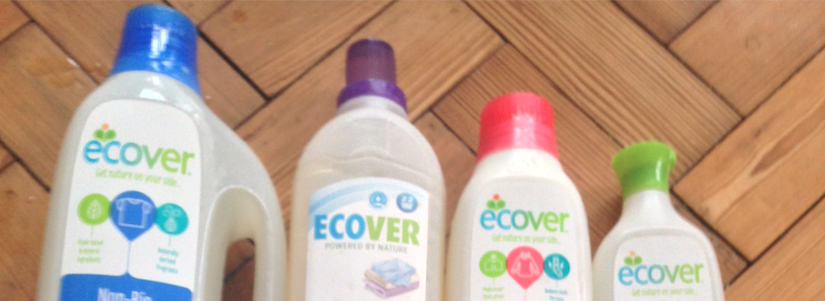

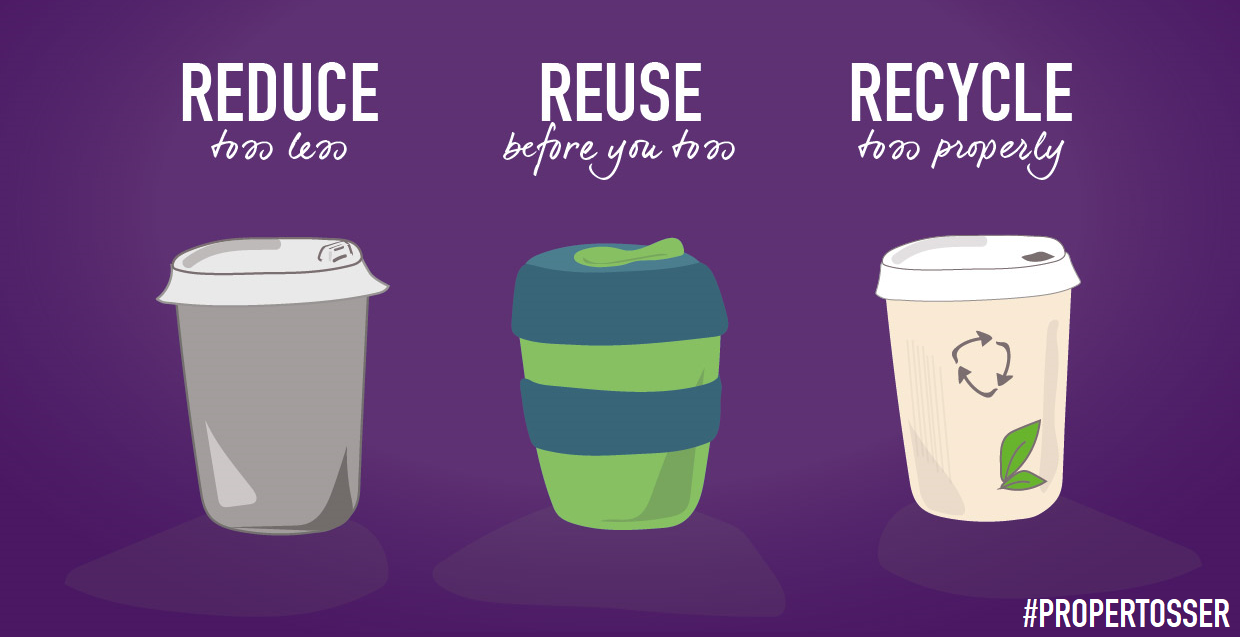
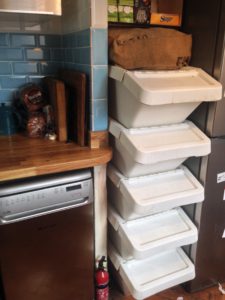
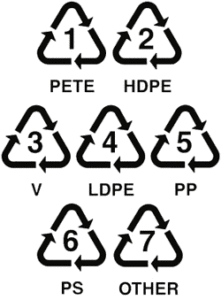
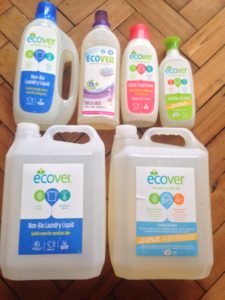
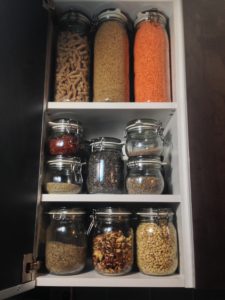
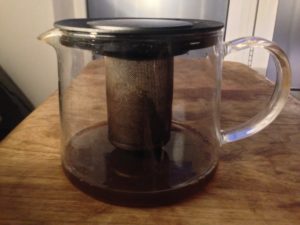
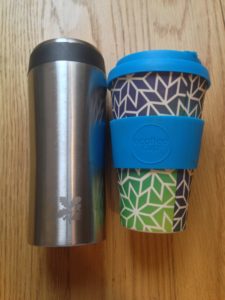
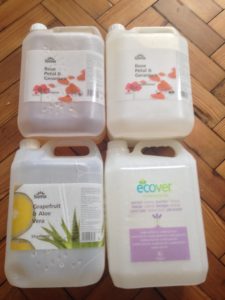
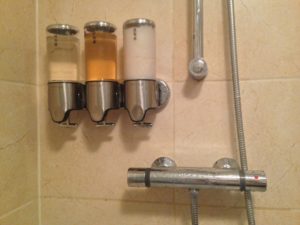
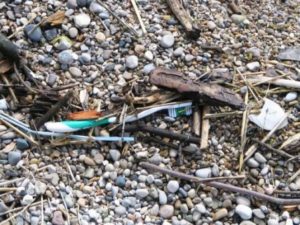
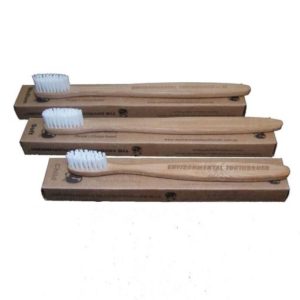
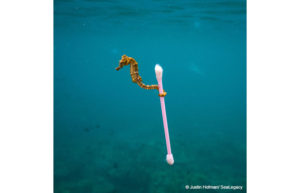
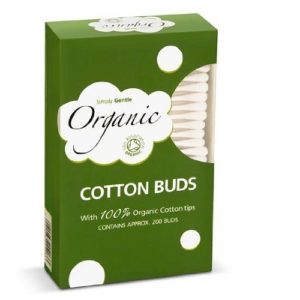
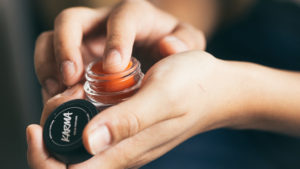


Our district council (South Hams) has recently started accepting TetraPaks in the same sack as paper.
That is really useful, good for them. I checked and we now have that in place (but only if you have a blue bin, which we don’t).